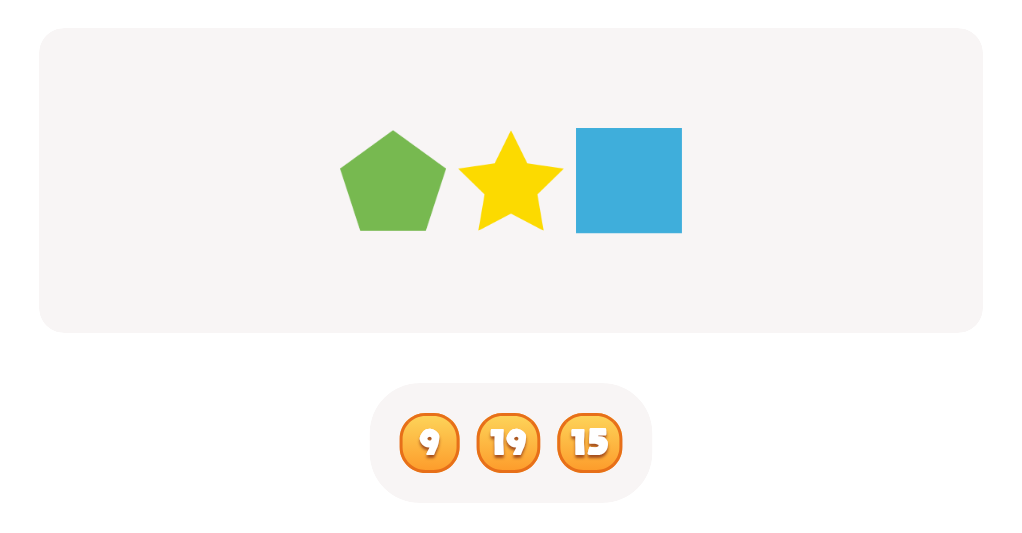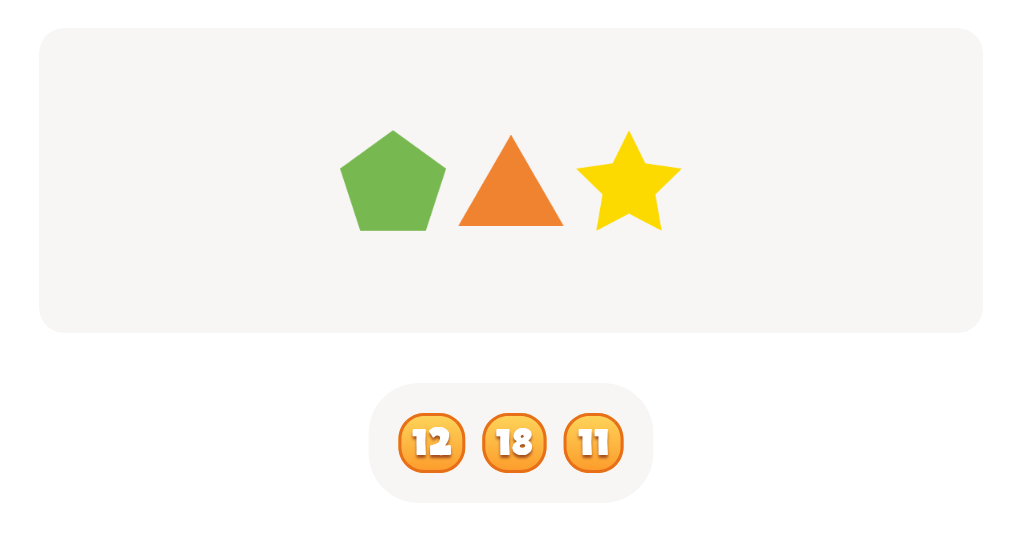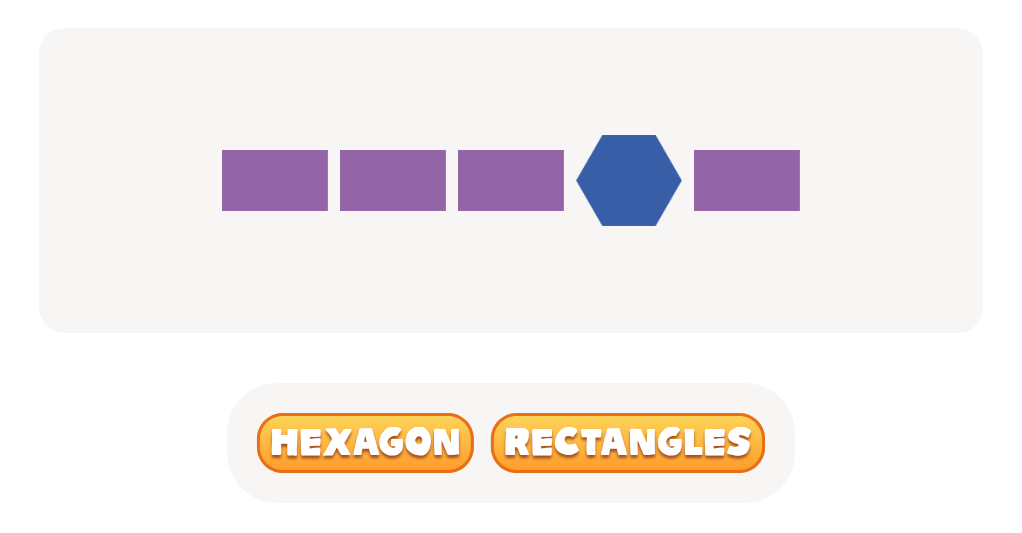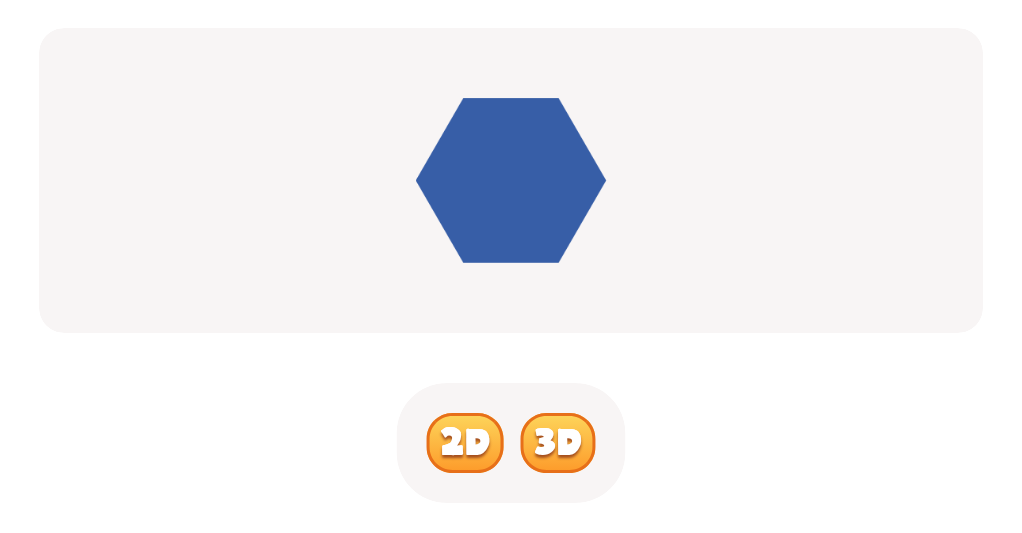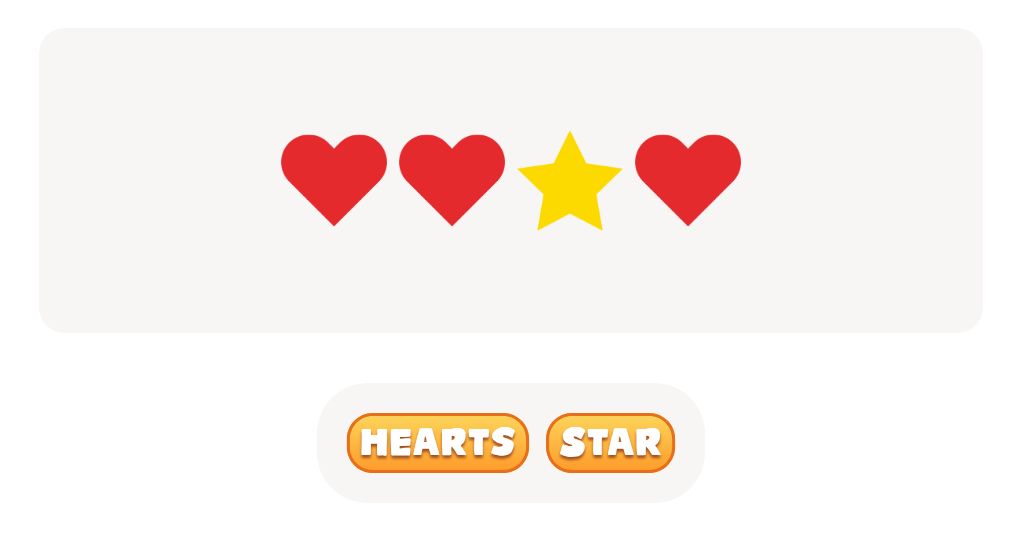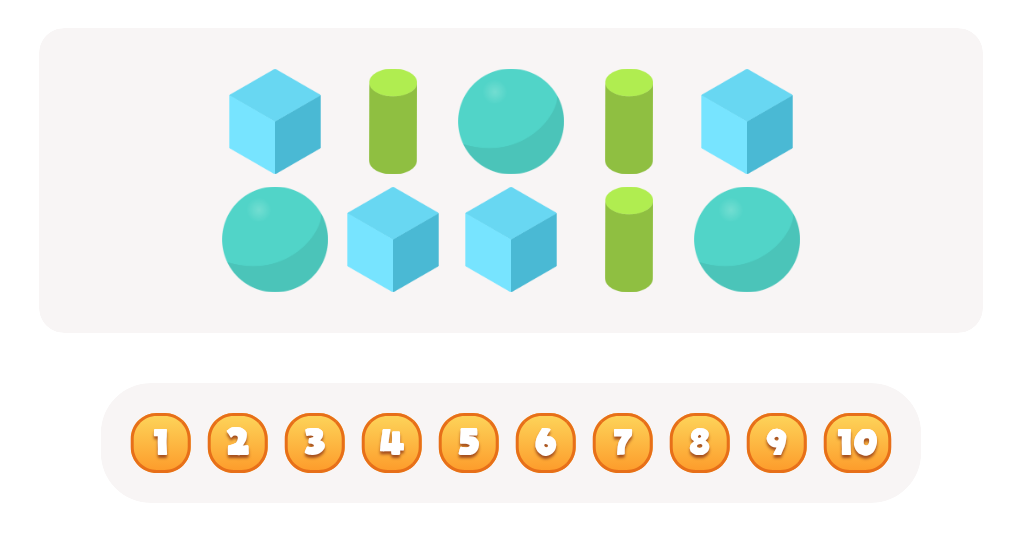Comparing Fractions Geometry Worksheets for Ages 6-9
5 filtered results
-
From - To
Unlock your child's understanding of fractions with our engaging Comparing Fractions Geometry Worksheets designed for ages 6-9! These interactive worksheets make learning fun as students explore the concepts of comparing and ordering fractions through vibrant visuals and hands-on activities. Tailored to enhance critical thinking, our resources support young learners in mastering essential math skills while reinforcing geometry concepts. Each worksheet promotes visualization and problem-solving, ensuring a rich, educational experience. Ideal for home or classroom use, these worksheets foster a strong mathematical foundation, empowering kids to confidently tackle more complex fraction concepts in their educational journey. Start comparing fractions today!
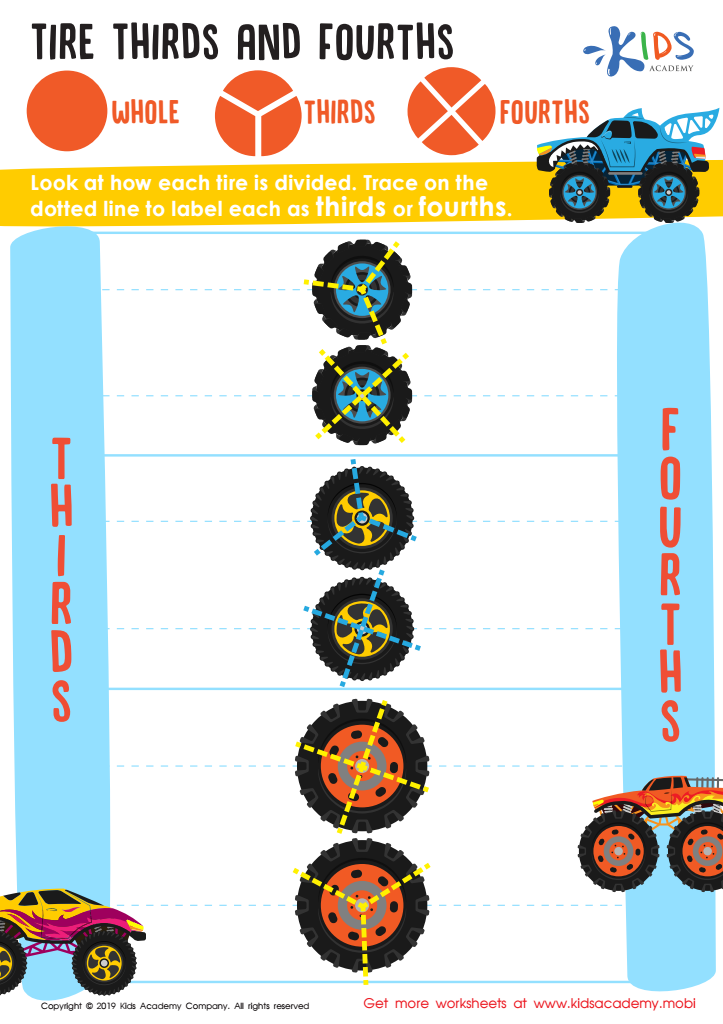

Tire Thirds and Fourths Worksheet


Fractions: Shapes Worksheet


Comparing Shares Worksheet
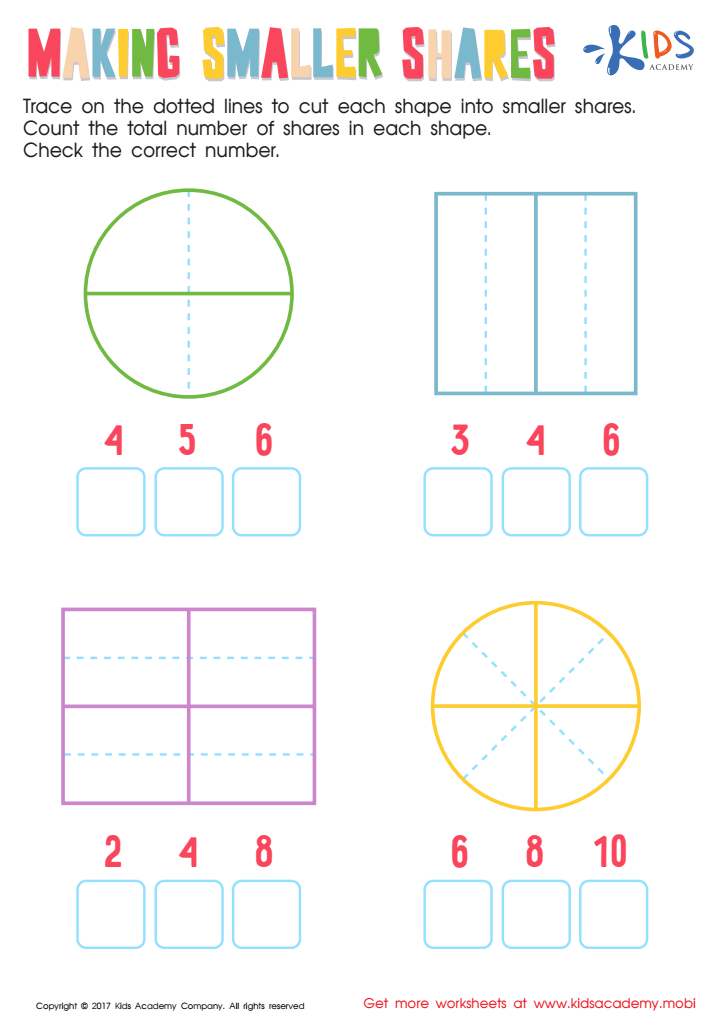

Making Smaller Shares Worksheet
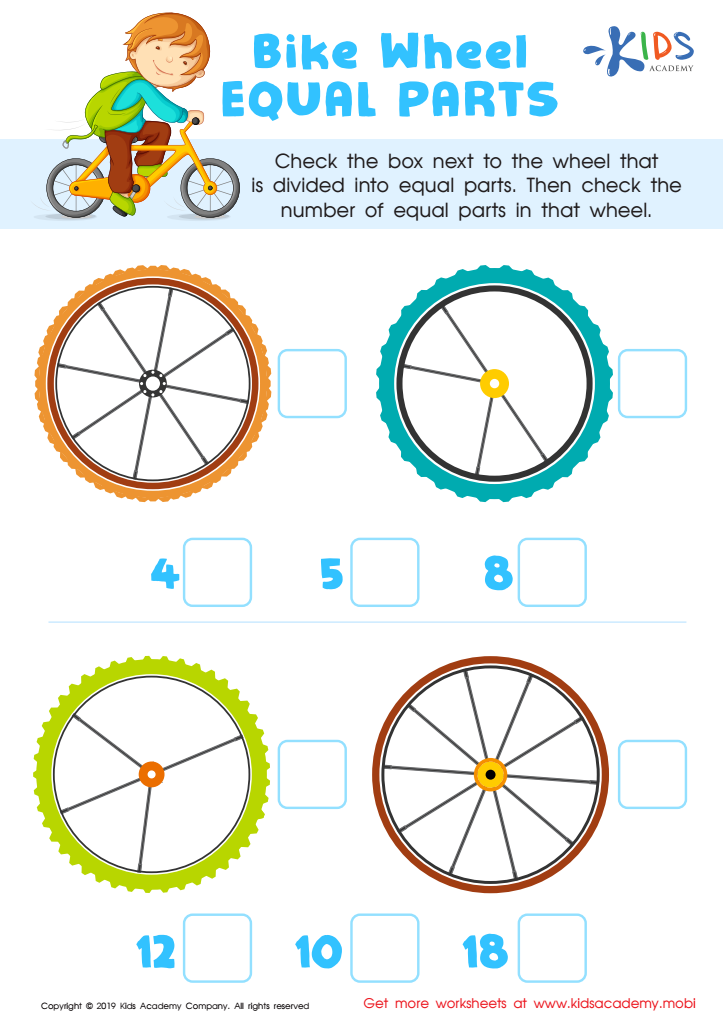

Bike Wheel Equal Parts Worksheet
Parents and teachers should prioritize teaching comparing fractions within the context of geometry for children aged 6-9 because it fosters critical thinking and helps develop a deeper understanding of mathematical concepts. At this age, students are beginning to explore not only numbers but also shapes and spatial relationships. By presenting fractions through geometric contexts—such as divided shapes or areas—children can visualize how fractions represent parts of a whole, making the concept more tangible and relatable.
Understanding how to compare fractions enhances kids' problem-solving skills and nurtures a growth mindset. It also lays the groundwork for more complex mathematical concepts they'll encounter later, such as ratios, proportions, and measurements. Employing geometric representations allows children to engage in hands-on activities, supporting diverse learning styles and making math both enjoyable and meaningful.
Furthermore, this geometric perspective builds a foundation for real-world applications, such as cooking, crafting, and managing finances, ultimately fostering a sense of confidence in their mathematical abilities. Through collaborative learning in classrooms or at home, children gain essential skills that transcend academics, promoting critical thinking, spatial awareness, and reasoning—all vital for their holistic development. Thus, engaging children in comparing fractions through geometry is crucial at this formative stage.
 Assign to My Students
Assign to My Students
